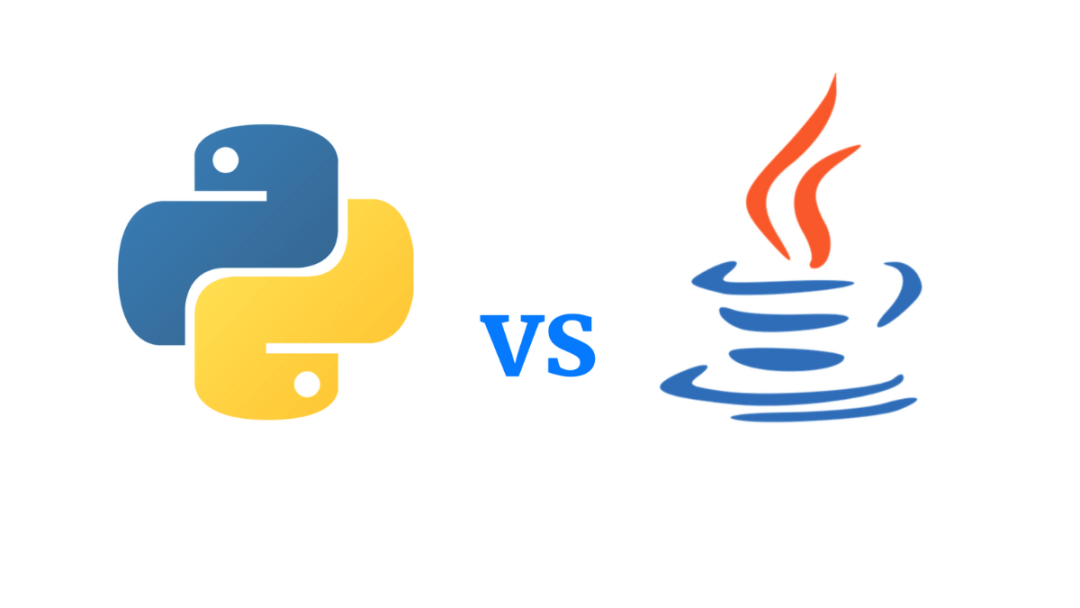Learn how to check if a transaction has been successfully committed in Java, including examples using JDBC, Spring Framework, and other ORM frameworks like Hibernate and MyBatis. Understand the role of exception handling and commit/rollback operations in transaction management.
In Java, determining whether a transaction is successfully committed usually depends on the database access framework or API being used. Here are several common methods:
Using JDBC
When managing transactions directly with JDBC, you can determine success by catching exceptions:
Connection conn = null;
try {
conn = DriverManager.getConnection(dbURL, username, password);
conn.setAutoCommit(false); // Disable auto-commit
// Execute your SQL operations...
conn.commit(); // Commit the transaction
System.out.println("Transaction committed successfully");
} catch (SQLException e) {
if (conn != null) {
try {
System.err.println("Transaction is being rolled back");
conn.rollback(); // Rollback the transaction
} catch (SQLException excep) {
excep.printStackTrace();
}
}
e.printStackTrace();
} finally {
if (conn != null) {
try {
conn.setAutoCommit(true); // Restore auto-commit
conn.close(); // Close the connection
} catch (SQLException e) {
e.printStackTrace();
}
}
}In this example, if the commit() method throws an SQLException, the transaction is considered unsuccessful, and a rollback operation is performed.
Using Spring Framework
If you are using the Spring framework, it provides higher-level abstractions for managing transactions, such as declarative transaction management (using the @Transactional annotation) or programmatic transaction management (using TransactionTemplate).
Declarative Transaction Management
@Transactional
public void performServiceOperation() {
// Perform business logic...
}
// You don't need additional code for handling transaction commits or rollbacks,
// as Spring handles this automatically.In declarative transaction management, Spring attempts to commit the transaction when the method ends normally. If an uncaught runtime exception or error occurs, Spring rolls back the transaction.
Programmatic Transaction Management
PlatformTransactionManager transactionManager = ...;
DefaultTransactionDefinition def = new DefaultTransactionDefinition();
TransactionStatus status = transactionManager.getTransaction(def);
try {
// Perform business logic...
transactionManager.commit(status); // Commit the transaction
System.out.println("Transaction committed successfully");
} catch (Exception e) {
transactionManager.rollback(status); // Rollback the transaction
throw e;
} throw e;
}In programmatic transaction management, you can explicitly call commit() or rollback() to control transaction behavior. You can use the returned status to check if the transaction was successfully committed.
Using Other ORM Frameworks
For Hibernate, MyBatis, and other persistence frameworks, they provide mechanisms to manage transactions. These frameworks typically follow a similar pattern:
Provide methods to begin, commit, and roll back transactions.
Allow developers to decide whether to commit or roll back transactions based on exceptions.
Summary
Regardless of the approach, the key to determining whether a transaction is successfully committed in Java lies in proper exception handling and ensuring that the commit() method is called in the absence of exceptions. If an exception occurs during the transaction commit process, appropriate logging and rollback operations should be performed to ensure data consistency.




